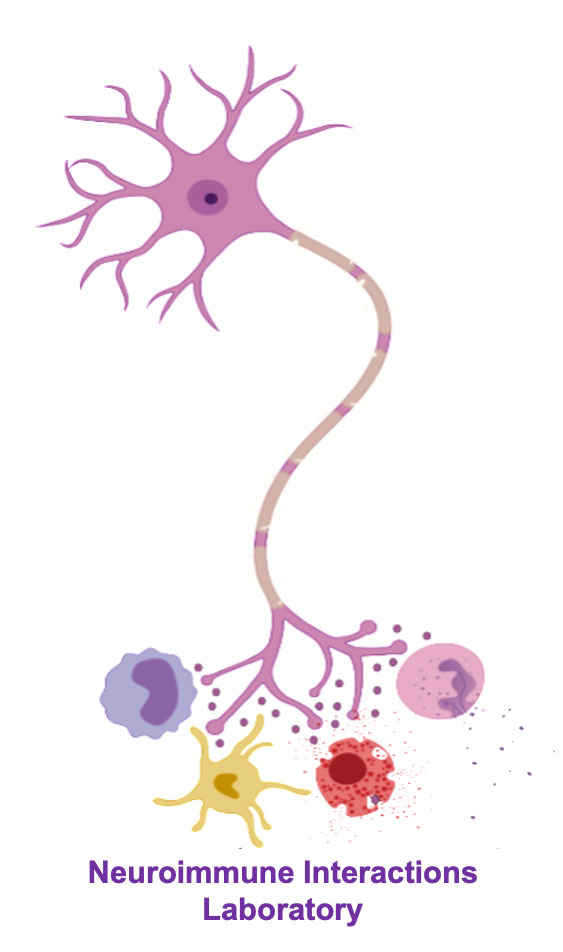-

Lilian Gomes de Oliveira
PhD CandidateTitle: Role of mTORC1 and mTORC2 Complexes in Astrocytes in Neurogenesis and the Pathogenesis of Zika Virus-Induced Microcephaly in a Murine Experimental Model
I am Lilian Gomes de Oliveira, a PhD candidate, and my research focuses on the role of mTORC1 and mTORC2 complexes in astrocytes during neurogenesis and the development of microcephaly caused by the Zika virus in a murine experimental model. I am currently a Fulbright recipient as a visiting scholar at Dr. Arnold Kriegstein Laboratory, UCSF.
The Zika virus (ZIKV) has become a major global health concern, especially due to its association with a surge in microcephaly cases in Brazil between 2015 and 2016. Despite this, much remains unknown about how the virus triggers this condition. ZIKV belongs to the Flavivirus family and exhibits a fascinating affinity for the central nervous system (CNS), particularly targeting neural progenitor cells (NPCs) and glial cells. In the CNS, astrocytes, which are abundant glial cells, play a crucial role in supporting neuronal metabolism. They achieve this by producing lactate through glycolysis, which serves as a vital energy source for neurons.
A significant aspect of astrocytes' function in the context of viral infections involves glycolysis activation, stimulated by antiviral cytokines like type I interferon (IFN). This process is crucial for establishing an antiviral state. The type I IFN receptor (IFNAR) triggers the activation of AKT, which, in turn, leads to the activation of important complexes known as mechanistic target of rapamycin complexes 1 and 2 (mTORC1 and mTORC2). These complexes are involved in translating interferon-induced genes (ISGs) and activating glycolysis.
Interestingly, previous studies have shown that ZIKV can inhibit both the type I IFN pathway and AKT-mTOR activation. As a result, the virus can potentially counteract the antiviral immune response and affect glycolysis, leading to neuronal damage and viral replication. In light of these findings, my research project aims to delve into the role of astrocytes in the development of ZIKV-induced microcephaly, with a specific focus on the mTORC1 and mTORC2 complexes, using a murine experimental model.
By gaining insights into the underlying mechanisms, my findings could contribute not only to a better understanding of this enigmatic infection but also to elucidating the processes responsible for CNS damage in infants with microcephaly. Ultimately this knowledge may pave the way for future therapeutic interventions aimed at mitigating the effects of the Zika virus.

